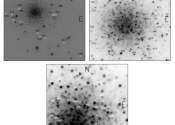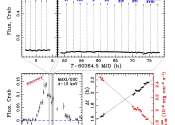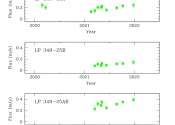A simple survey yields a cosmic conundrum
A survey of galaxies observed along the sightlines to quasars and gamma-ray bursts--both extremely luminous, distant objects--has revealed a puzzling inconsistency. Galaxies appear to be four times more common in the direction ...






